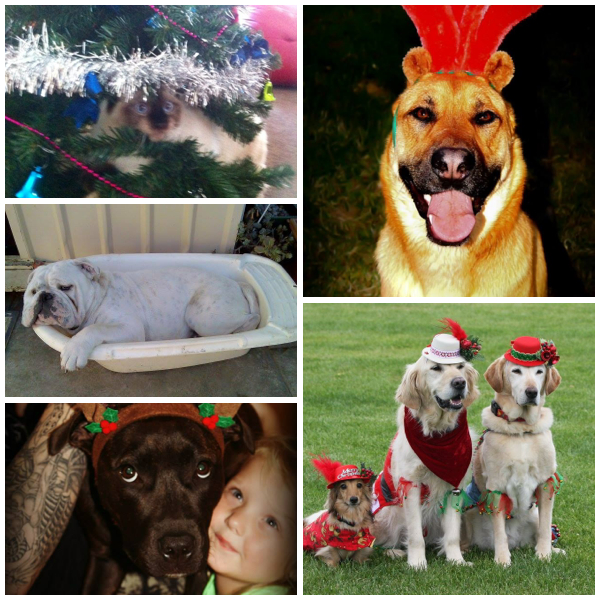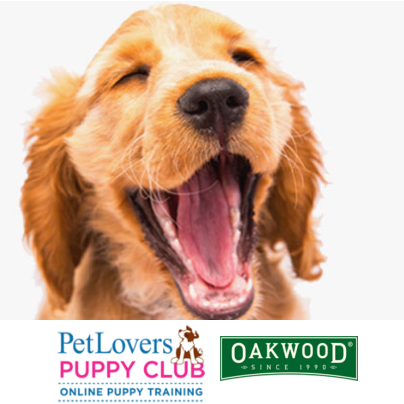
“The Pet Lovers Puppy Club is great for those who can’t find the time to get to puppy classes or who live in a remote area, but we think it will also be of real benefit as a follow up to puppy classes for owners of adolescent dogs as this is the time when problem behaviours such as separation anxiety, jumping up, chewing and digging can start to emerge,” said Dr Katrina.
Research has shown that consistent training throughout the early and adolescent years improves a dog’s sociability and can reduce problem behaviours. This increases the likelihood of the dog engaging in shared activities with their owner and decreases the risk of the dog being surrendered.
“The program has all the benefits of a class, including weekly socialisation tasks and one-on one advice, but is available anywhere you have internet access,” said Dr Katrina.
“Being able to access this information online means that puppy owners now have the chance to find a solution to their training problems in real time. And that’s something that has never been available before.”
The course, which runs for four weeks, provides pet owners with the necessary skills to give their puppy the best start in life and raise a social, well-behaved adult dog. It is for puppies of all ages and skill levels and covers the basics as well as fun things to do with your puppy such as trick training.
“It’s a very important resource for pet owners, given that most people invest more time, money and effort into their puppy than in any other period of their dog’s life,” said Kelly Gill.
The unique course offers members video tips, fact sheets and the opportunity to take part in live chats with Dr Katrina. It also provides:
- Live support, through online chats and forums
- Trouble shooting information around common problems such as toilet training, chewing, digging and barking
- A forum to meet other Puppy Clubbers, swap stories, share puppy photos and take part in competitions and giveaways.
Dr Katrina says that ensuring that owners are educated and puppies are trained also helps reduce the number of dogs surrendered due to behavioural issues. 10% of all Puppy Club subscriptions will be donated to Animal Welfare groups.
Dr Katrina Warren has 20 years’ experience as a loved and trusted media vet, best known for her roles on Harry’s Practice, Talk to the Animals, Beverly Hills Vet and Housecat Housecall. She became a household name for promoting responsible pet ownership and animal welfare.
Kelly Gill is one of Australia’s top dog trainers with over 21 years’ experience as a veterinary nurse, dog trainer and puppy class instructor. Kelly has also worked with dogs and cats for the film and television industry and her dogs hold over 250 obedience and agility titles.
Oakwood is a proud sponsor of the puppy club and we hope that you enjoy your training with Katrina and Kelly!

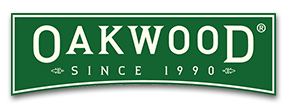
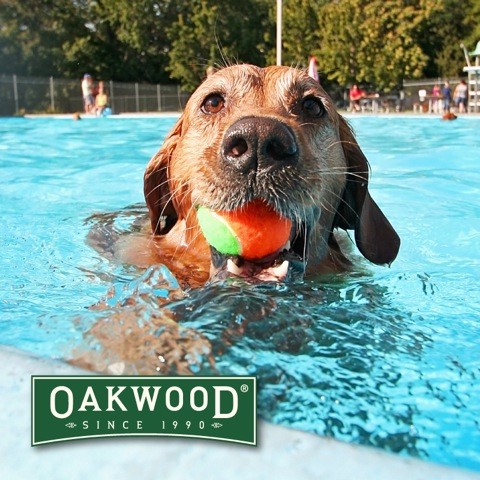

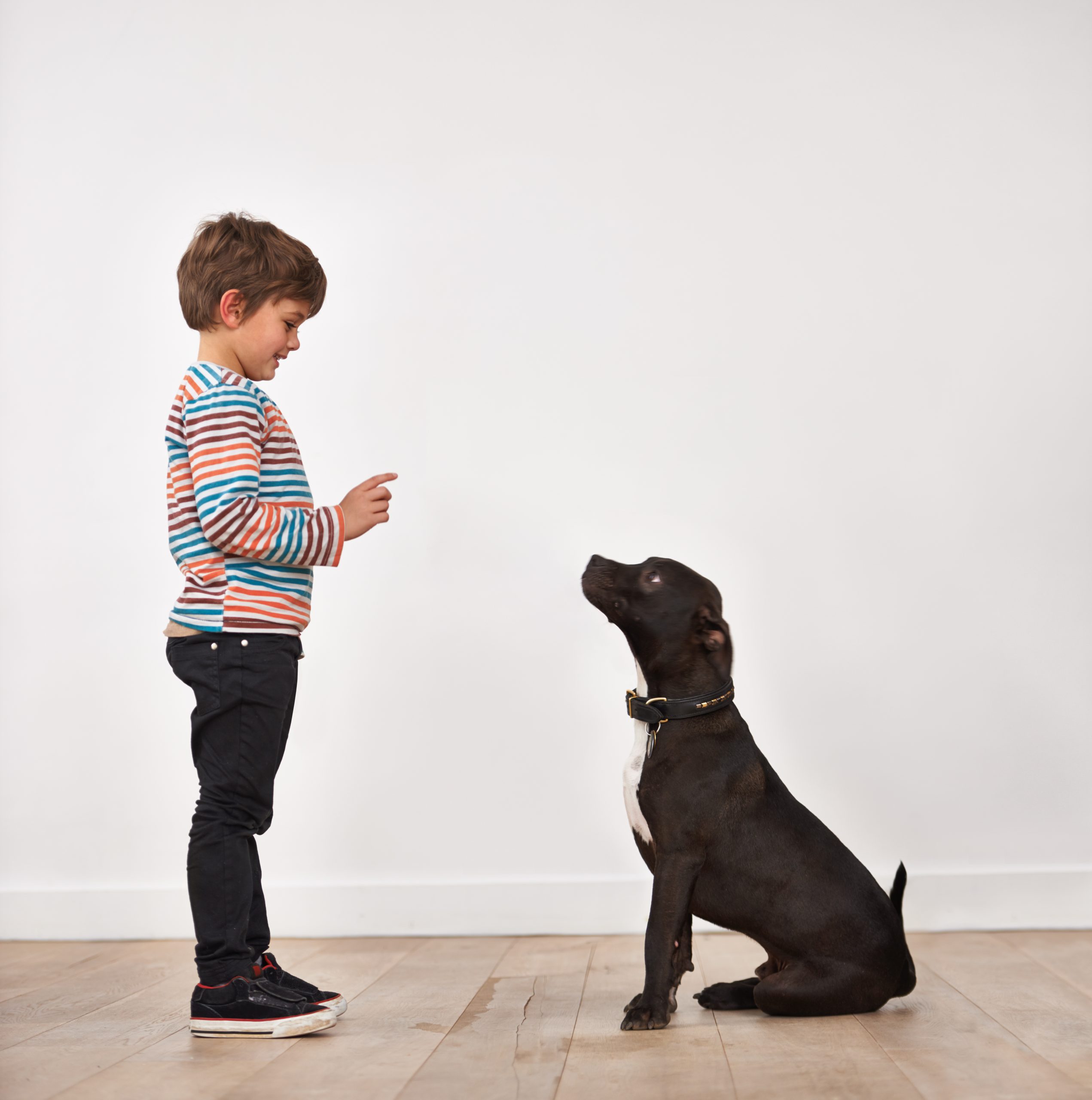
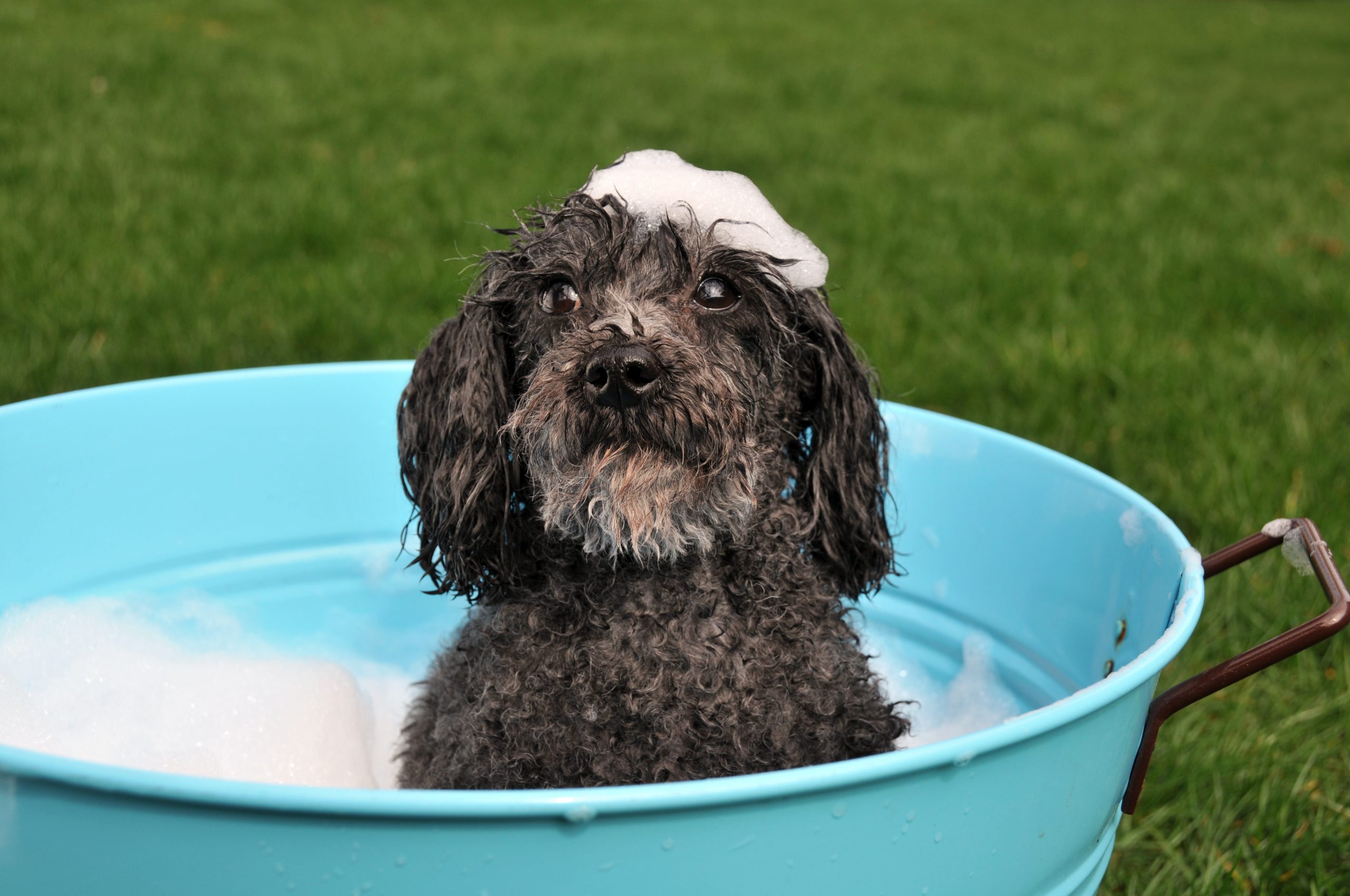

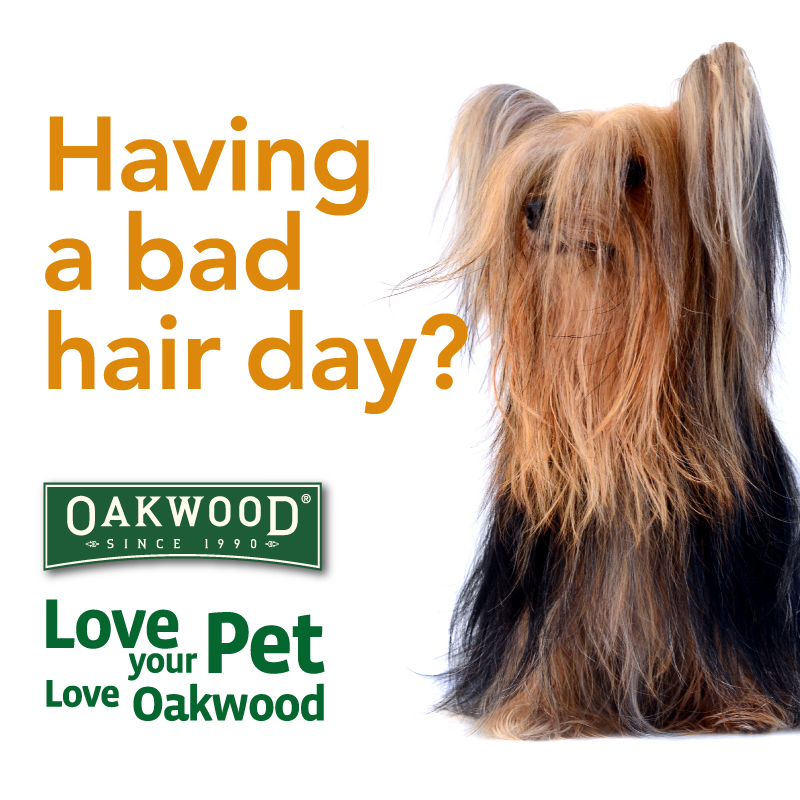
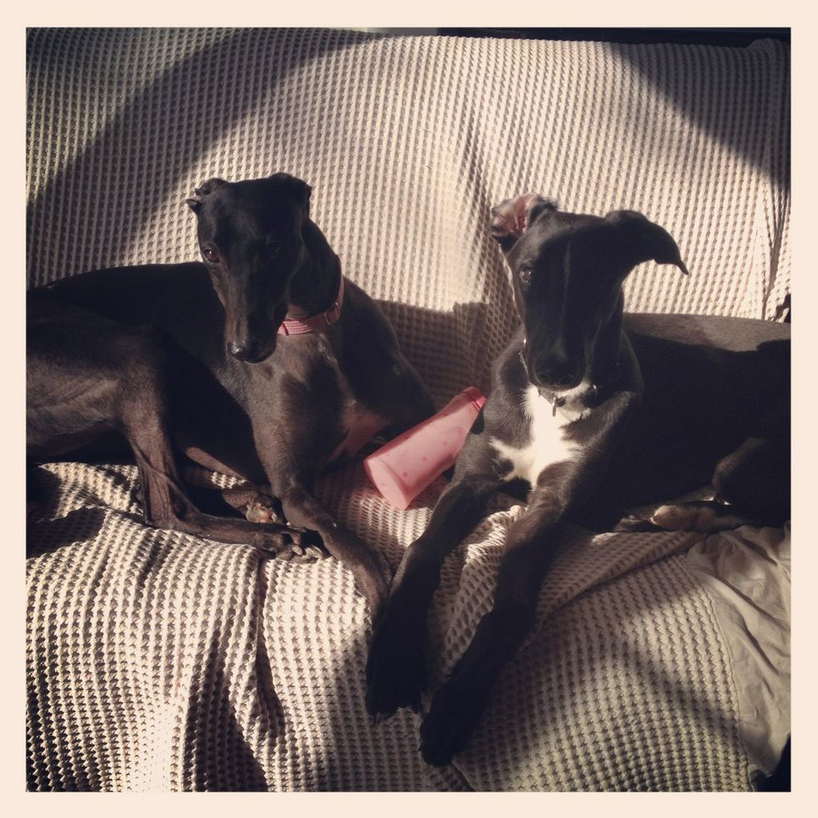 Regularly brush your pet – Cats and dogs (and rabbits and guinea pigs and rats), long haired or short, will all shed their fur, so it is important to help the process and regularly brush them. The more loose hair you get rid of outside, the less you deal with inside.
Regularly brush your pet – Cats and dogs (and rabbits and guinea pigs and rats), long haired or short, will all shed their fur, so it is important to help the process and regularly brush them. The more loose hair you get rid of outside, the less you deal with inside.